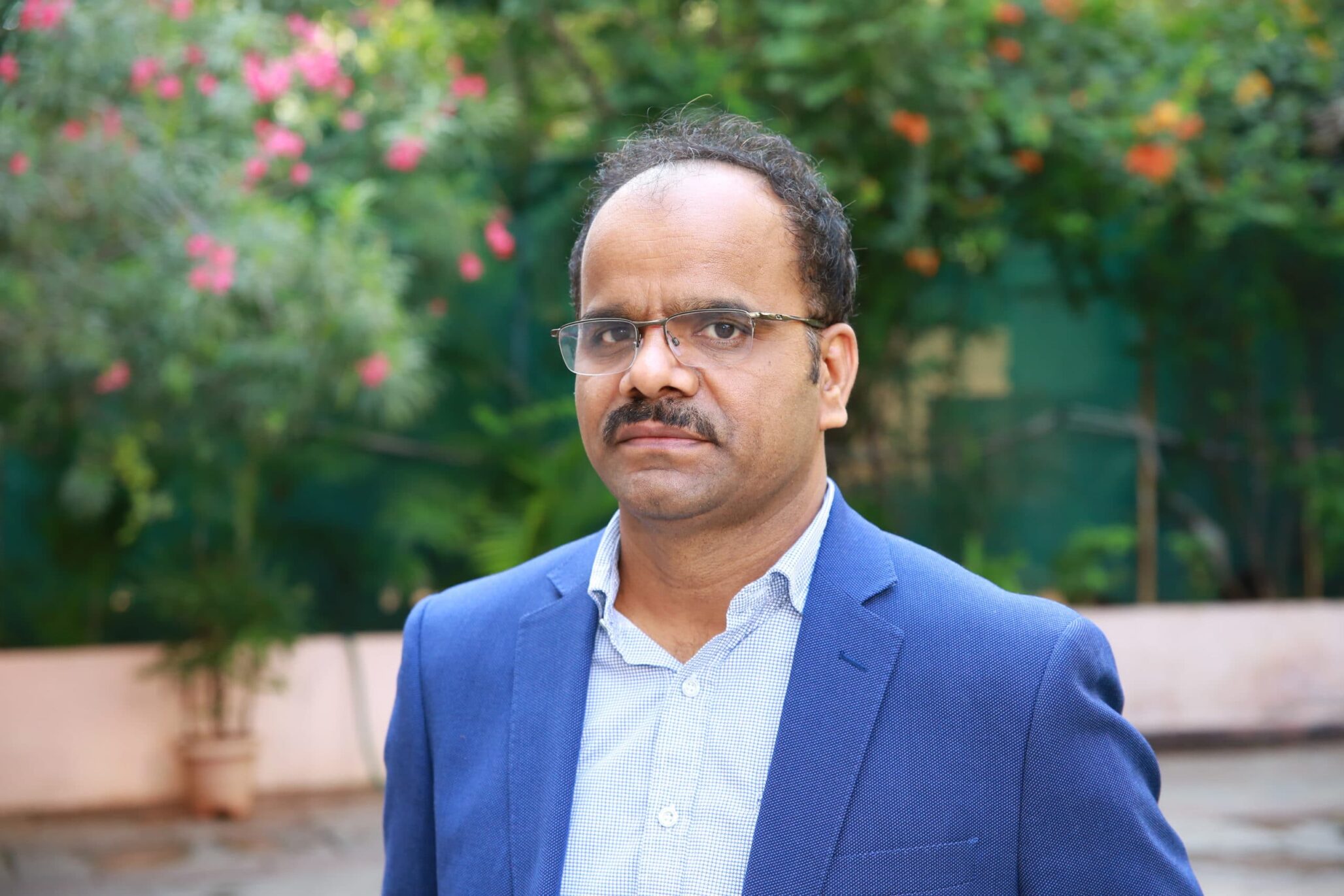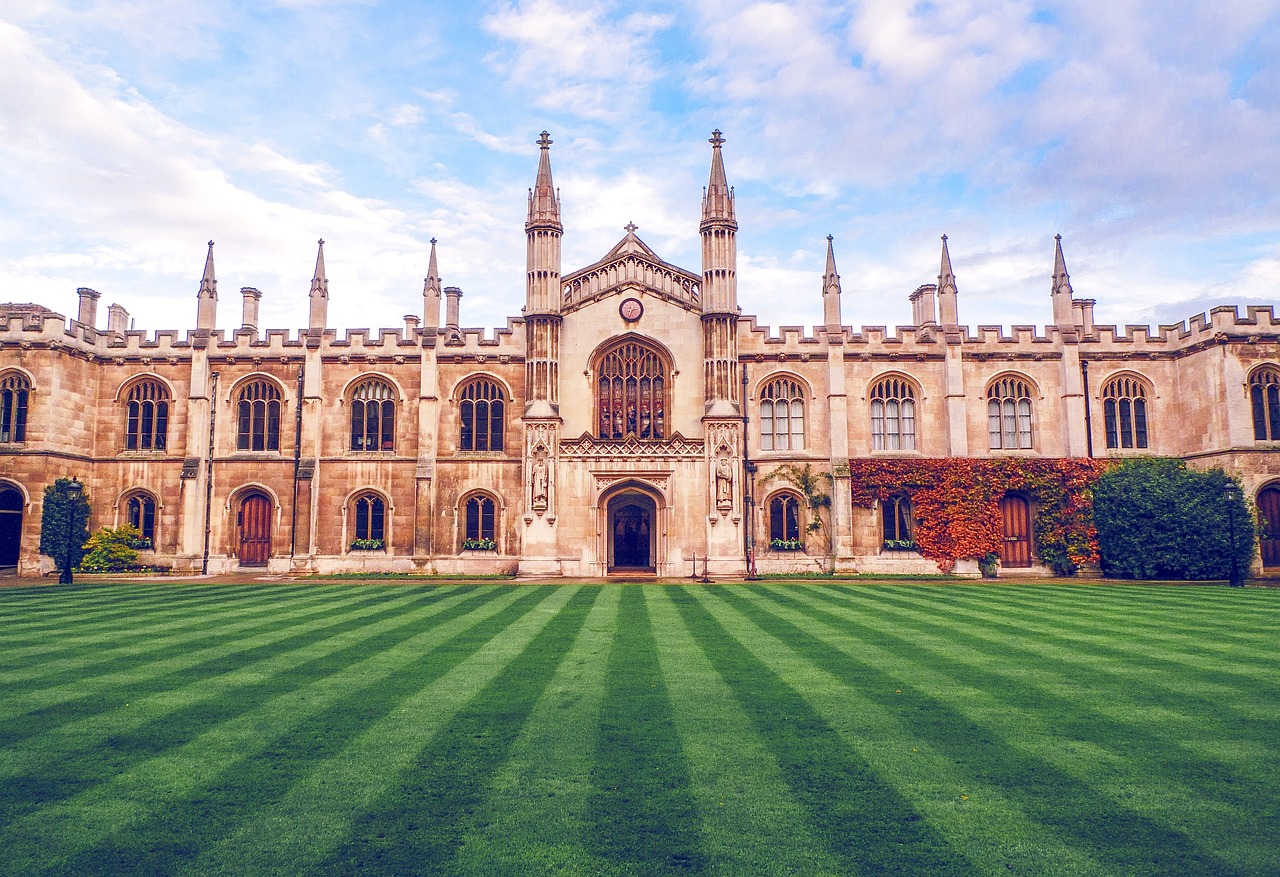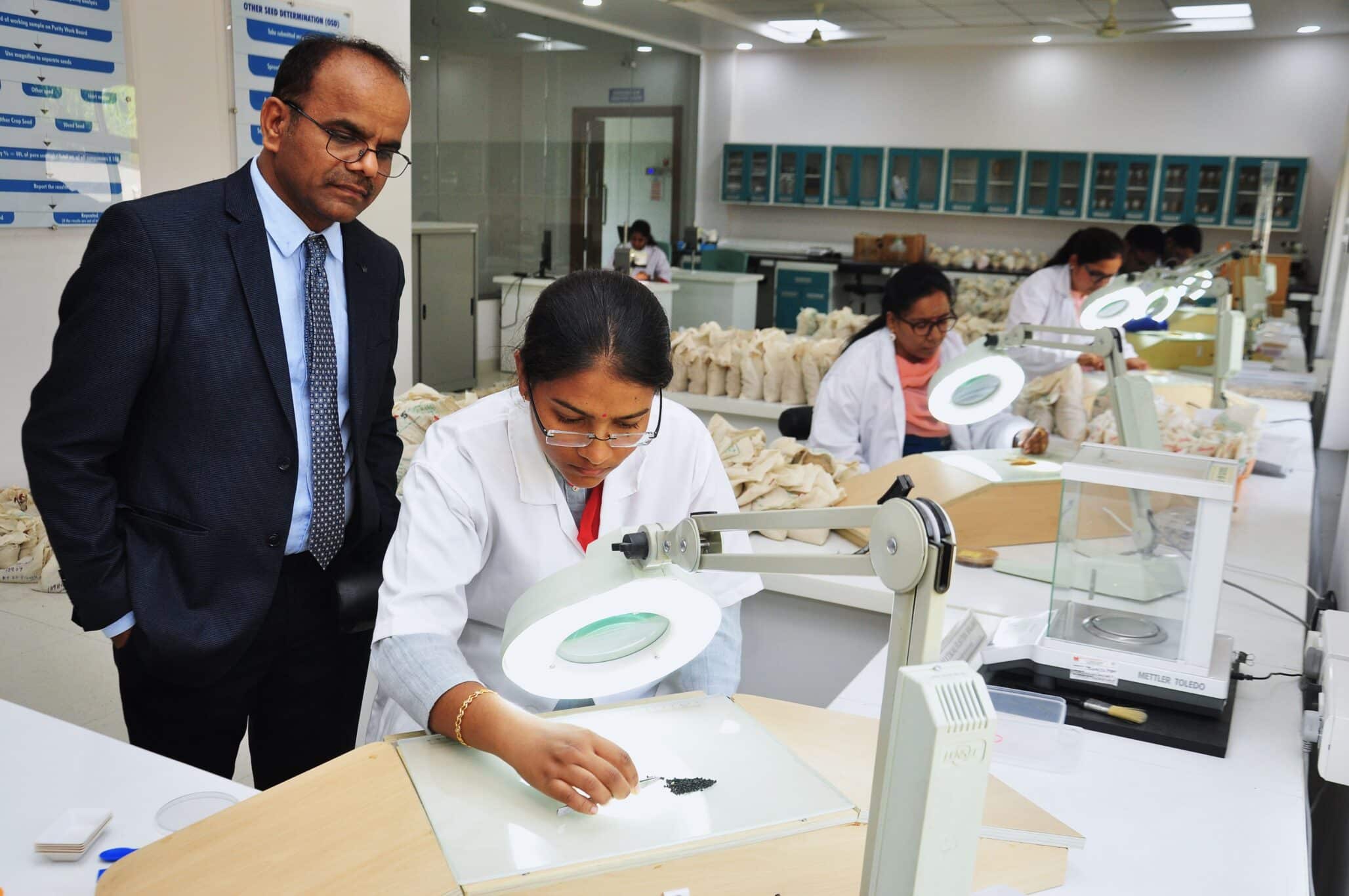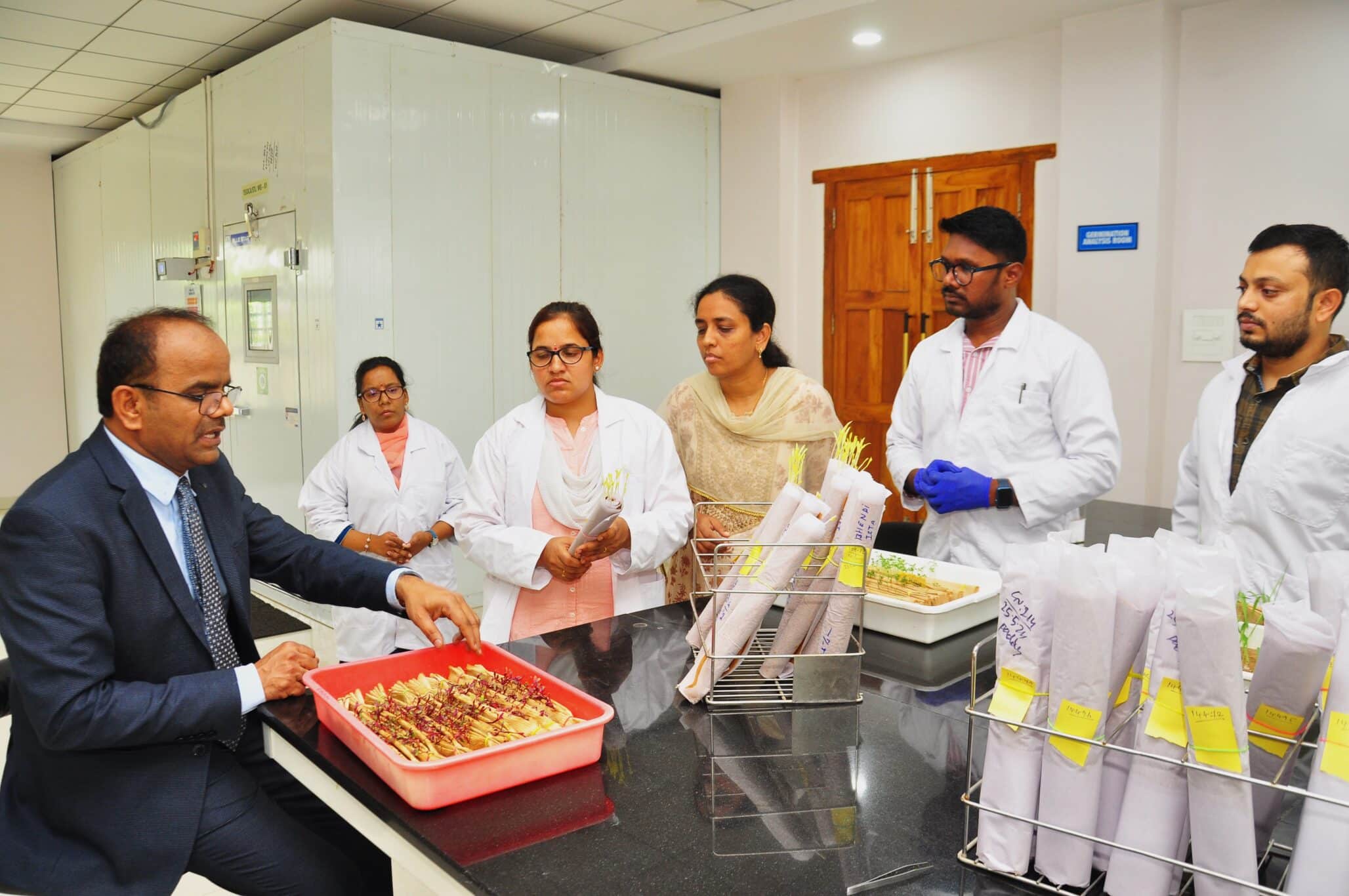Interview with incoming ISTA President
In May 2022, the next congress of the International Seed Testing Association (ISTA), will be taking place in Cairo, Egypt. On the occasion of the congress, Dr. Keshavulu Kunusoth will take over the role of ISTA’s President, the first President from the Asian continent. European Seed sat down with Keshavulu to find out more about his view on the role of ISTA and where he sees ISTA’s path in the next century of its existence.
Q1: Keshavulu, congratulations on being nominated as the new ISTA President! How do you feel about it?
Thank you so much. It gives me immense pleasure to be on the ISTA Executive Committee as President, and as the first President from the Asian area. Of course, it is also a great opportunity to learn, interact and contribute to the global cause of achieving food security and improved nutrition through sustainable agriculture. Increasing agricultural productivity and sustainable food production are crucial to achieving the United Nation’s Sustainable Development Goal 2: Zero hunger world. Timely availability and access to quality seeds plays an important role in augmenting agricultural productivity.
ISTA is recognised as a key organization for seed and food security worldwide. As a part of its mission, ISTA is committed to developing, adopting and publishing standard procedures for sampling and testing of seeds; promoting uniform application of these procedures for evaluation of seeds moving in domestic and international trade; and promotion of seed science research and education across the globe and therefore making a valuable contribution to food security.
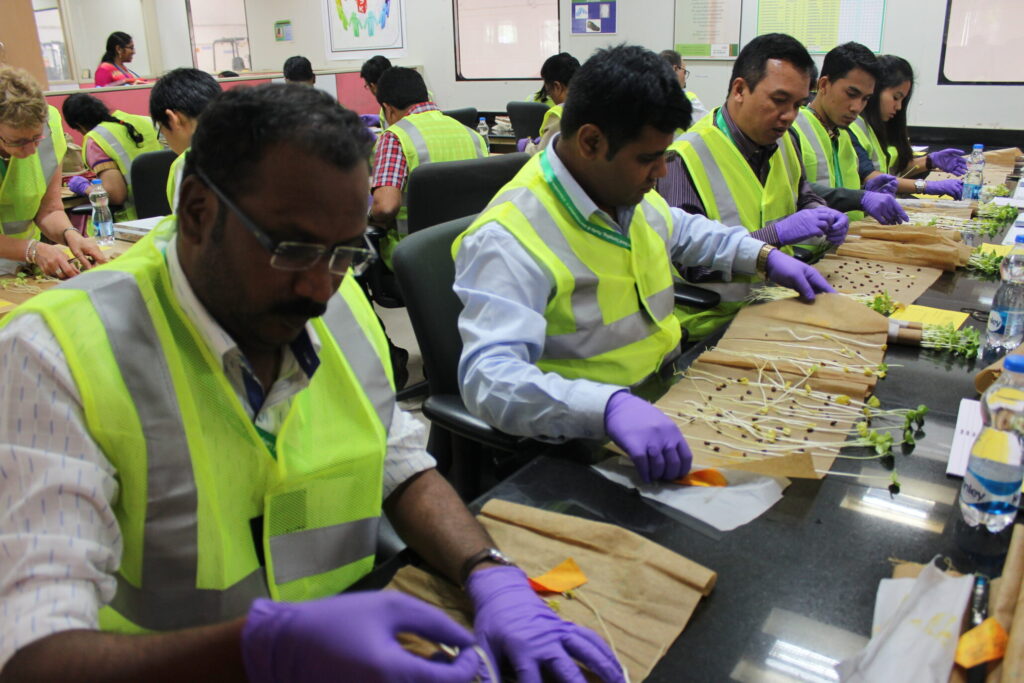
Q2: Some big shoes to fill, from previous ISTA Presidents. What have you learned from your predecessors?
Yes, of course, it is a huge responsibility. I have been associated with ISTA since 2007, and worked in technical committees, working groups, a member of the Executive Committee and Vice President. During this time, I have come across and interacted with several colleagues including predecessors, they are renowned seed scientists and great visionaries. Apart from the knowledge about how ISTA works, I have learned many things of good governance, strategic planning, leadership skills, dedication to the work, and nature of hard work with a strong vision and a direction for uniformity in seed quality evaluation worldwide. I think, I certainly can fill the expectations with these learnings and the experience that I have gained through my decade long association with ISTA.
Q3: What will you be doing differently compared to previous ISTA Presidents?
As a President, it becomes very important to preserve and continue the legacy of ISTA. I will put my sincere efforts to uphold ISTA as an authority in seed science and technology and continue the role of ISTA in the development of globally adopted seed sampling and testing methods. I will continue to strengthen the global position of ISTA as an interface between seed research, industry and regulatory bodies that greatly facilitates the identification of needs for new methods or changes in the existing methods especially with regards to tropical and sub-tropical species. I will also try to expand the reach of ISTA and also find more ISTA auditors to regions, where the ISTA is underrepresented.
Q4: What is your vision for the future of ISTA?
Good quality seed is an essential starting point for any crop production. All farmers need seed where the varietal purity is guaranteed through internationally agreed certification and seed quality has been verified by laboratories operating under an internationally accepted quality system. ISTA is the leading international organization in setting and publishing seed sampling and seed testing methods for domestic and international seed trade, and also for cooperation in building seed testing capacity and capability. ISTA as an international accreditation body in seed sampling and seed testing, recognising the competency of laboratories and sampling entities. ISTA is also supporting innovative research that makes the link between scientific developments and applications to meet the needs of the seed sector.
All farmers need seed where the varietal purity is guaranteed through internationally agreed certification and seed quality has been verified by laboratories operating under an internationally accepted quality system.
In 2024, ISTA enters its second century. In the preceding 100 years, ISTA has made tremendous progress in the field of seed science and testing. Hence, my vision for the future of ISTA would be continuing the legacy of development of scientifically sound rules and advanced methods for seed sampling and testing that meet the needs of the seed sector and also developing collaborations to increase seed testing capacity and capability worldwide. In addition, strengthening of the accreditation system to ensure it meets the needs of ISTA members and all other stakeholders; strengthening of the science and technology, underpinning ISTA to develop innovative research to make the link between scientific developments and applications in seed sampling and testing and to allow the requirements of the seed sector to be met; strengthening of the ‘basic’ or ‘standard’ tests of purity, other seed determination, moisture and germination, including developing methods for new species, especially tropical and sub-tropical species. Further, development of tests and methods based on science and new technologies and facilitate the application of new or emerging technologies into current methods by supporting the work of the technical committees, besides encouraging membership participation in development of new tests and methods. ISTA is also facilitating the access of its rules by encouraging translation into more languages and developing new ways of promoting the importance of the ISTA rules in the seed value chain.
In 2024, ISTA enters its second century. In the preceding 100 years, ISTA has made tremendous progress in the field of seed science and testing, and it will continue this legacy into the next century.
Q5: Which changes have you witnessed at ISTA over these past 10 years.
In the past 10 years, several changes have occurred in ISTA to meet the needs of both the seed sector and situation with global farming. To mention a few, the number of technical committees has increased to 20, the continued evolution of the ISTA Rules and their translation into Spanish, workshops, seminars and symposia, growth in the number of ISTA- accredited laboratories, open access to Seed Science and Technology (SST: ISTA’s scientific journal), online training programs and the introduction of the electronic certificates. These changes have been made to address the ever-changing needs of members, seed industry and the farming community.
Q6: In your view, where are the challenges for ISTA in the coming decade?
The existing seed systems around the globe are not at the same level of development, they vary significantly between the regions. For example, development is more advanced and stringent in EU, well developed in North America, Latin America, and India, but still in the developmental stage in some African and Asian countries. Similarly, quality assurance systems are differing in line with the local seed systems. These can be broadly categorised into three types, i.e., no or weak seed testing systems, moderately developed seed testing systems and strong/advance seed testing systems.
Governments need to support the seed sector within an enabling environment throughout the value chain, to help have enhanced access to quality seeds at affordable prices with food security crops, especially in developing countries.
Governments need to support the seed sector within an enabling environment throughout the value chain, to help have enhanced access to quality seeds at affordable prices with food security crops, especially in developing countries.
Obviously, the biggest challenge will be ensuring uninterrupted continuation of ISTA activities in this uncertain and unpredictable pandemic situation, because we don’t know when the current pandemic will end. Several meetings, workshops and audits became virtual or were delayed. Apart from these, attracting and retaining a younger generation of seed professionals into the association, expanding the ISTA’s reach to the underprivileged nations, identification, and validation of new methods for the industry, and increasing the membership base will be the major challenges.
Q7: Why is it so important to have a global organization such as ISTA?
Although seed testing was in practice in the early 19th century in European nations as a way to provide information on the planting value of seed to the farmers and traders, we can also find some references to the seed testing in our Indian mythologies/epics/ancient manuscripts. However, there was no uniformity in seed sampling and testing procedures across all the world regions. The need for having harmonised and uniform rules and procedures for seed testing and sampling, plus the necessity of in-depth knowledge of plant and seed morphology, taxonomy and physiology as a prerequisite for the development of harmonised seed testing methodologies, and also the research and development activities in different areas of seed science and technology led to the establishment of organizations like the Association of Official Seed Analysts (AOSA) in 1908, the Society of Commercial Seed Technologists in 1922 and International Seed Testing Association (ISTA) in 1924. Through these organizations, rules and procedures for seed testing have developed and have been adopted by many countries for the evaluation of quality of seeds moving into the domestic and international trade as well as in their seed regulatory frameworks.
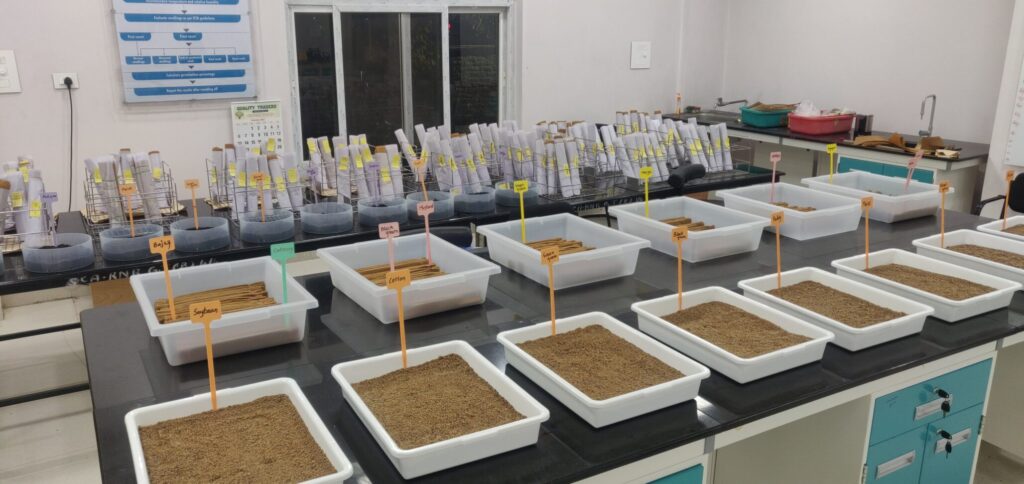
Q8: Several other seed testing protocols exist, such as NAL. What is your take on that?
Yes, I do agree that there are several other seed testing protocols do exist. I think they are primarily used for domestic trade although acceptable in international trade. However, the protocols developed by ISTA are globally harmonised and acceptable/recognised by the majority of countries around the world and are approved by those governments that have Designated Authorities for ISTA. In fact, several countries including India have adopted ISTA rules and methodologies as such in their quality control programme and regulatory frameworks.
Q9: ISTA is part of the World Seed Partnership (WSP). What do you hope to achieve in the WSP?
The World Seed Partnership brings together five organizations (ISTA, the OECD Seed Schemes, ISF, UPOV and the World Farmers Organization) who have key roles in the development or implementation of seed systems that will enable the development and maintenance of suitable varieties of high-quality seed, and the trade and utilisation of that seed by farmers. By bringing these five organizations together in the World Seed Partnership, we, ISTA, and the other organizations in the partnership aim to facilitate development of seed systems in those countries that do not have them or where they are less developed, by providing easier access to information and support. We will continue to work in the World Seed Partnership to help achieve this aim.
Q10: You will become the first ISTA President from the Asian continent. What does this mean for the ISTA membership in Asia?
Yes, I am happy for that. In my tenure as a President, building on the foundations laid at the 32nd ISTA Congress in Hyderabad I will strive to improve the representation of the Asian region in the ISTA, in terms of increasing number of member laboratories, personal members, accredited laboratories and greater degree of industry participation. I will try to address the needs of regional seed industry and help to build the seed testing capacity and capability in the region through the capacity building with national and regional industry associations.
In my tenure as a President, and the first President from the Asian continent, I will strive to improve the representation of the Asian region in the ISTA.
Q11: During your Presidency, ISTA will celebrate its centenary anniversary (in 2024). What can we expect for that big celebration?
This will be announced at the 33rd ISTA Congress in Cairo but the centenary of ISTA will be marked in a way that recognizes 100 years of achievement by ISTA in facilitating the movement of seed in trade, which as I have already said is so critical to food and nutritional security. The celebration will also look forward to the next 100 years of ISTA in a world where food and nutritional security remains critical to not only feeding but feeding well a growing population. A chance to celebrate, look back but also to plan for the next generation.
Read More About ISTA and Seed Testing:
CRISPR Cherry Tomato Shows Resistance to Pepper Veinal Mottle Virus
Genetic Discovery to Improve Breeding for Disease Resistance in Wheat


